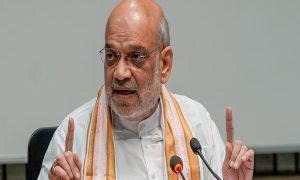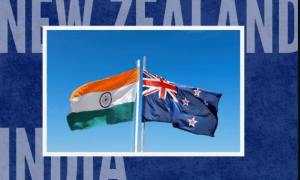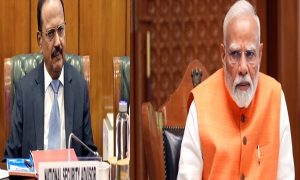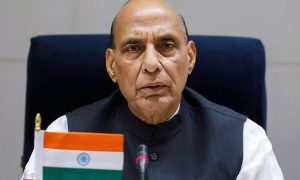India’s Ambassador to China Vikram Misri interacted with representatives of Indian industry in Shanghai on Thursday.
He will also launch India@75 celebrations today in Shanghai. The event was attended by more than 30 representatives representing 8 sectors such as textiles, pharma, electronics, manufacturing, chemicals, IT, banking etc.
The discussion centered around how to deal with business risk in the fluid current geopolitical scenario. Misri also took questions related to general issues faced by the businesses such as flights and visa for their Indian employees who wants to come back to China.
Amid a geopolitical tussle including tensions in technology and trade, with the western countries led by the US, Chinese companies and businesses are facing sanctions on various counts.
China has also announced tit for tat sanctions, affecting the whole business environment. Amid the border tensions in Ladakh, India had tightened regulatory requirements last year for investments from China and has banned more than 200 chinese apps which were considered “prejudicial to sovereignty and integrity of India, defence of India, security of state and public order”.
Also, due to the COVID-19 pandemic, global trade flows have been slowed, although there has still been strong demand for medical equipment and supplies which has largely contributed in China becoming India’s top trade partner in 2020.
Two-way trade between the two countries stood at $77.7 billion in 2020, according to provisional data from Ministry of Commerce, although that was lower than the previous year’s $92.9 billion total. India did manage to lower its imports from China in 2020 which stood at $58.7 billion amid demand disruptions caused by the coronavirus pandemic and increased its exports to China by about 11 per cent from a year ago to $19 billion last year. However, the bilateral trade deficit with China was at almost $40 billion in 2020. Bilateral trade with the U.S. came second at $75.9 billion amid muted demand for goods in the middle of a pandemic.
India’s pre-dominant exports have consisted of cotton, copper, and diamonds/ natural gems.
Over time, these raw material-based commodities have been over-shadowed by Chinese exports of machinery, power-related equipment, telecom, organic chemicals, and fertilizers. India has been continuously engaging with China to uphold its assurances to remove market access impediments for most of India’s agricultural products and the sectors where India has competitive edge, such as pharmaceuticals, IT/IteS, etc.






















 WhatsApp us
WhatsApp us